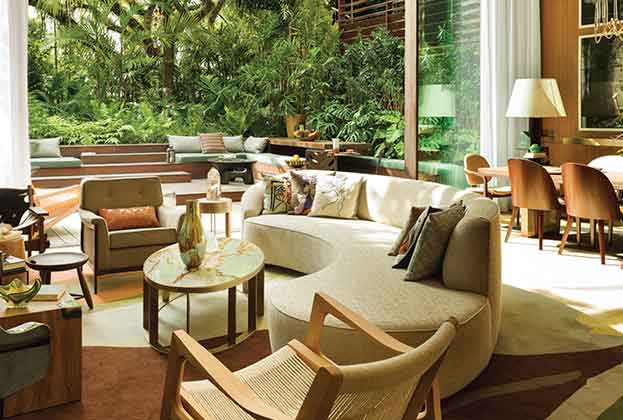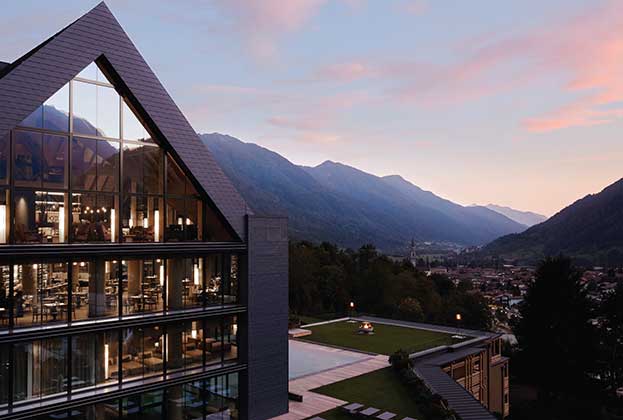2020 has been a year of change. The branded residential sector looks resilient even as competition grows
Foreword
This year has seen significant change to our established way of life. The Covid-19 pandemic has altered the face of global property markets. But not all real estate sectors have felt its impact equally. Branded residences have proved more resilient than some.
The sector has experienced an extraordinary decade of growth. The last ten years have seen the number of branded residences increase by 170%, adding more than 52,000 units across 370 schemes. In spite of wider economic turmoil, 2020 is poised to be another record year with more than 100 new schemes opening.
The pipeline is now more diverse than ever. A wave of new brands from the art, fashion, design and celebrity worlds are supporting growth. Hoteliers, bringing more of their brands into play, have doubled down their participation. The diversified income streams the sector provides are more valuable than ever as the wider hospitality sector struggles.
In spite of wider economic turmoil, 2020 is poised to be another record year with more than 100 new schemes opening
Riyan Itani, Head of Savills International Development Consultancy
Having tested the formula in core, established markets, brands are looking further afield for new opportunities. Twelve countries will receive their first branded residential project in the next four years, in locations as diverse as Iceland, Paraguay and Nigeria.
There is significant opportunity in the upper-upscale, upscale and midscale segments. The pipeline of these types of brands is expanding fast.
But the current environment brings new operational and design challenges. The use of Proptech is accelerating as a result. As the way we use our homes changes, developers are re-examining product definition in order to accommodate flexibility in private space.

The Residences at Sindhorn Kempinski Hotel Bangkok, KEMPINSKI, Siam Sindhorn Co. Ltd
In the longer term, the sector could benefit from the behavioural changes we are already observing. More flexible working practices could see owners make greater use of what are often second properties. Demand to rent hotel-branded residences may be boosted as tourists seek out self-contained accommodation, with the benefits of hotel amenities.
As the sector touches almost every corner of the globe, and more brands participate, competition is growing. An understanding of local markets, careful buyer targeting and brand alignment are essential. Huge potential remains, but careful planning and advice is key to individual success.
Summary
- The branded residence sector has grown 170% over the past 10 years and 2020 is set to be another record year with over 100 additional schemes opening.
- Miami, Dubai and New York remain the top three cities for branded residences globally. As the sector continues to diversify globally a number of new growth hotspots are emerging. Fast growing countries for the sector include Egypt, Vietnam, the UK, Morocco, Malaysia, Australia, and Saudi Arabia, amongst others.
- Hotel brands continue to dominate, accounting for 84% of complete schemes and 88% of the pipeline, but 11 new non-hotelier brands are expected to enter the sector by 2025.
- Branded residences achieve a premium, on average, of 31% compared to equivalent non-branded properties, although this figure varies significantly by location.
- As the branded residence sector matures, there is significant opportunity in the non-luxury segment. The share of non-luxury brands accounts for 31% of the pipeline compared to 23% of such schemes open and operating today.
Read the articles within Spotlight: Branded Residences below.
Further information
Global Residential Development Consultancy
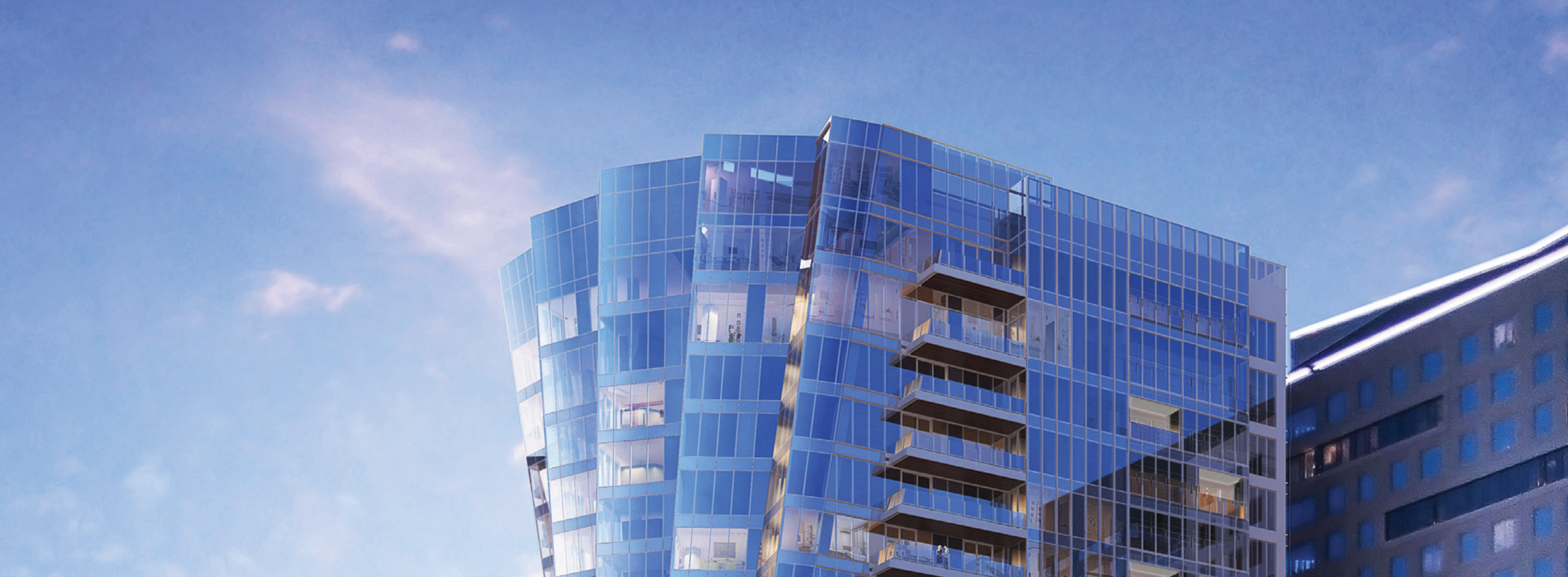

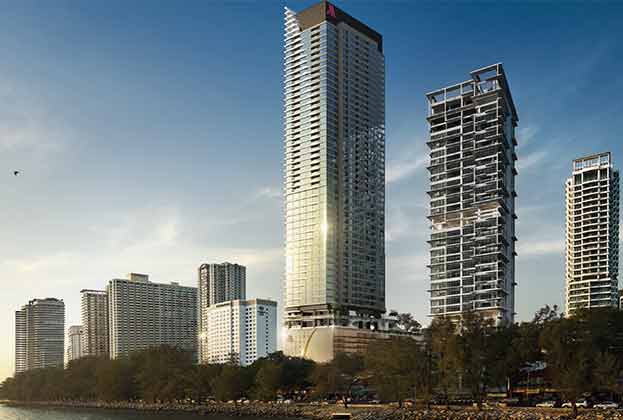
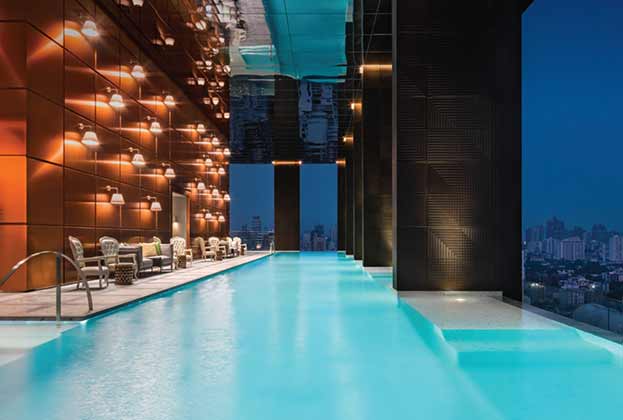
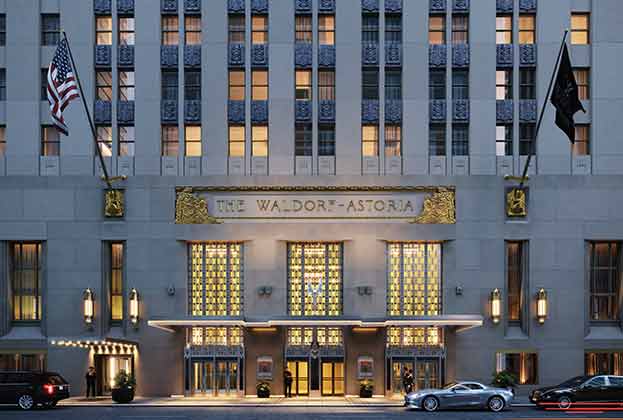
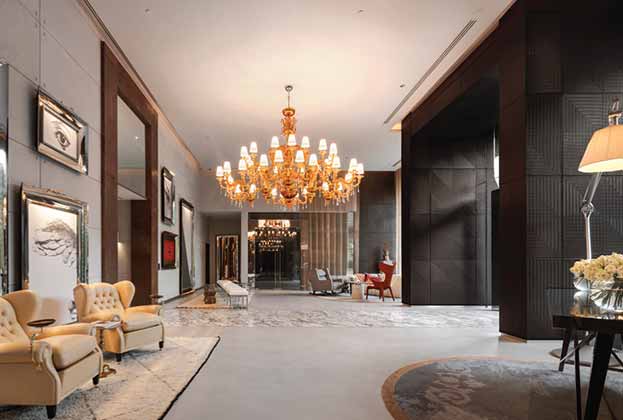
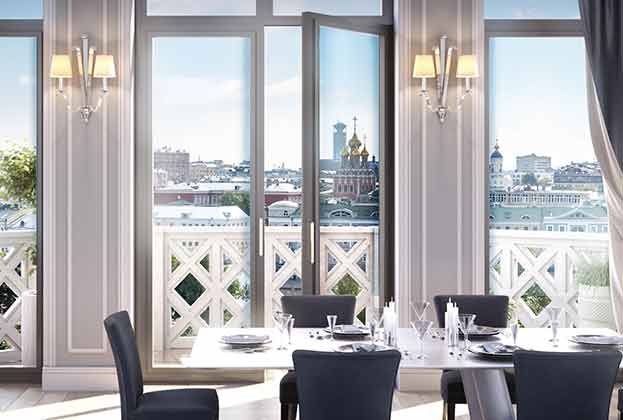
.jpg)
